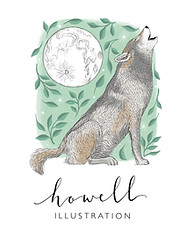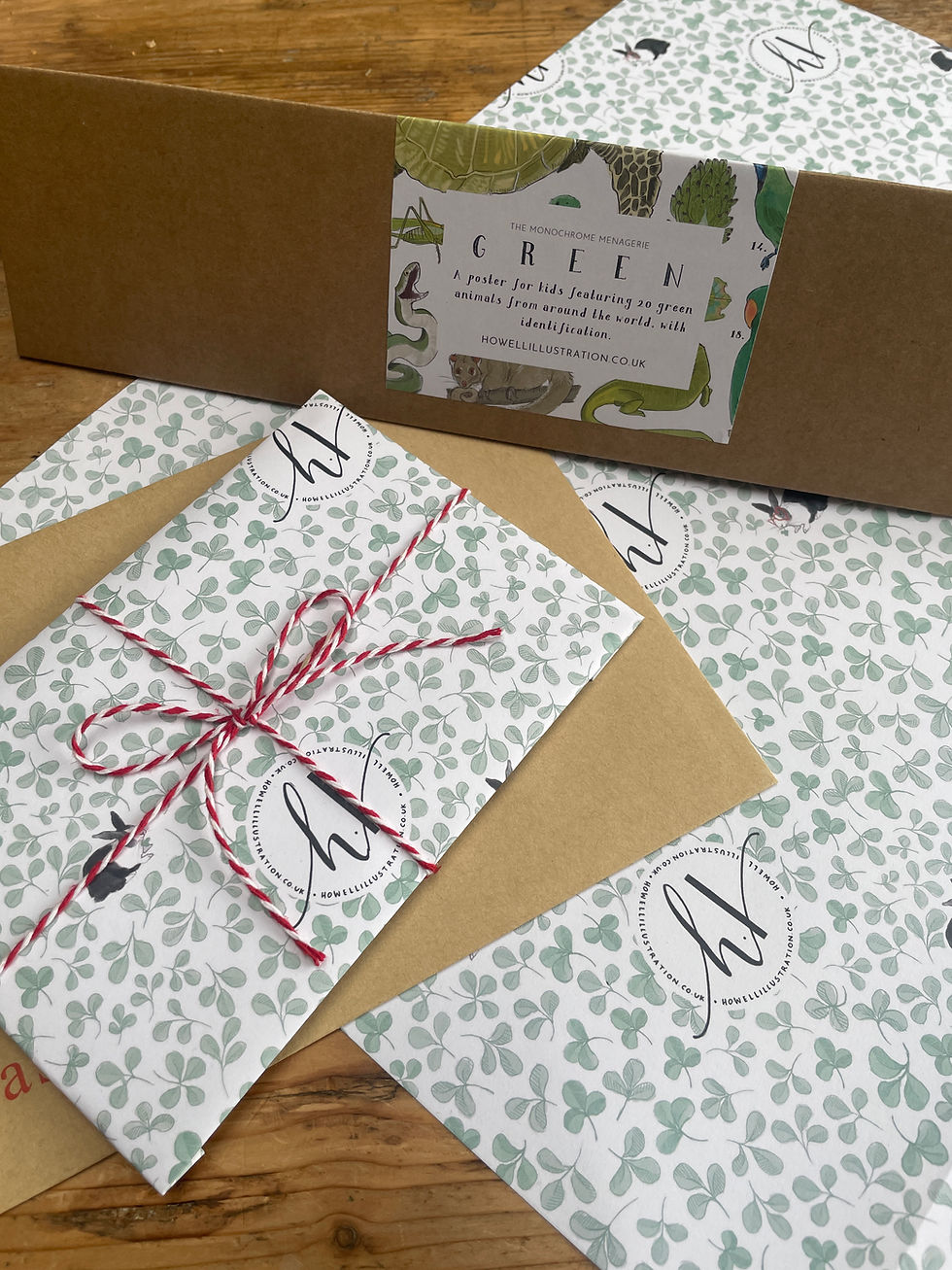Map of the Month: An Interview with Andrew Caldecott
- Nicola Hawley

- Jan 12, 2024
- 3 min read
Updated: Apr 2, 2024
I am so excited to have this guest on my blog today. Andrew Caldecott is the author of the
bestselling Rotherweird trilogy, and latest ‘dark, offbeat adventure’ Momenticon and its sequel Simul, which is out on 18th January 2024. Andrew’s worlds are bonkers, brimming with imagination, and often set in the real world with a twist, making the map illustration a particularly exciting thing to be a part of. Here, I have an interview with Andrew Caldecott for your reading pleasure.

I was so happy to do the artwork for Momenticon, and doubly happy to be asked back to create the map for the Simul end papers, which is one of my favourite maps to date. Here he shares the story and inspiration behind the map.
1. Hi Andrew! The map for Simul features parts of Oxford University marooned among fields. Can you tell us the story of this map; the inspiration behind this location and its importance in the novel (without giving too much away!)?
The novel is dystopian and features a recreated Oxford College (New College in fact) in one of the very few patches of countryside to survive, now known as the College of Novelties. Its ostensible purpose is to record the benefits and losses to mankind of its many discoveries and inventions, listed in a vast library in white and black volumes respectively, in the hope of preventing like errors in the future. But the College has another deeper purpose which only emerges at the very end of the book. The map contains the College’s motto (Veritas in Nigro et Alba: truth in black and white) and also, hidden in plain sight, a hint at its more arcane function (this was Nicola’s idea: credit where it’s due!).

2. Maps grace the cover of Rotherweird, Wyntertide and Lost Acre (drawn by artist Sasha Laika) and are an integral part of the design in both Momenticon and Simul. Has this been a happy coincidence, or do you think these maps are an important accompaniment to your novels?
It’s certainly design and not coincidence. Maps convey a general sense of place but also act as co-ordinates for specific events and so provide a framework within which the readers’ own imagination can work. Inessential maps may be, but they facilitate the key process whereby a fictional world is made to seem real.
Lastly, I have a commercial observation: as we should not buy wine for the label, we
should not buy a book for its cover, but if a cover, end papers or an illustration lure the book
shopper into a second look, that can only be to the good – provided, of course, the writer has done his job well.

3. In all of your books there is a strong presence of artwork which is unusual in adult fiction. Is including art important to you and if so, why?
You’re right to say adult fiction, because illustration is a staple of children’s fiction and rare
elsewhere. But why should there be a difference? The illustrations of Tenniel, Peake and
Shephard live on in our memories as intrinsic to the reading experience, as vividly as the prose. Graphic novels prove the lasting appeal of text married to image.
4. The Rotherweird trilogy and your latest works, Momenticon and Simul, showcase a blend of the real world with fantastical elements. How do you navigate the balance between creating a setting that is relatable yet extraordinary?
It is the characters, recognisable I hope from everyday life, who are intended to make the
setting relatable, and internal coherence which makes the setting believable as a fictional world. Without coherence, you cannot expect the reader to invest in an extraordinary setting.
Coherence requires that your alternative world operates by a set of rules which are consistent, however remote from the world we live in.
5. Lastly: what is your favourite part of the Simul map and why?
This may be a mini-spoiler but Nicola’s addition was inspired (see above): can you spot it/them?
Thank you so much for joining me on the blog today, Andrew, I really appreciate you taking the time to answer my questions! Simul is out now!
Also, if you want to read more about the creation of this map, then head to my post on its creation, detailing its inspiration. Click here to read it now.
I hope you've enjoyed reading Andrew's interview on the blog today, comment below if you'd like to see more of this and as always, thanks for reading!
Nx




Comments